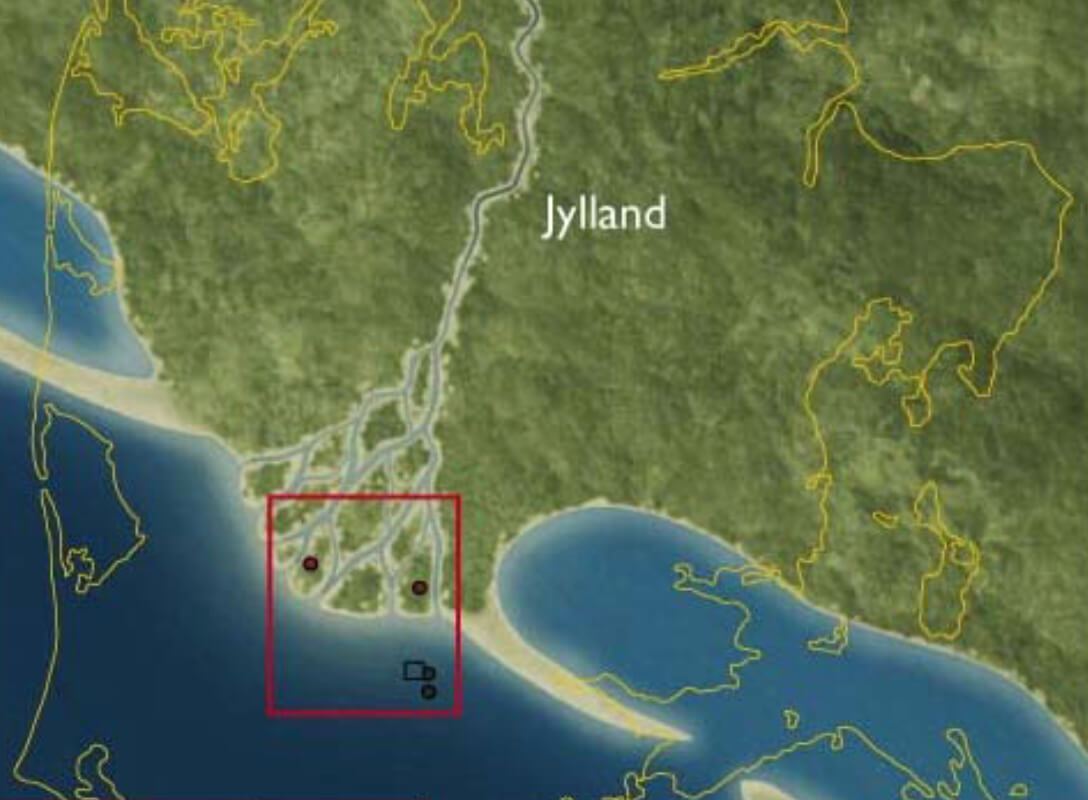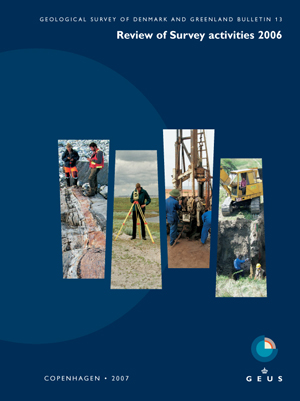
How to Cite
Share
Abstract
Intense investigations of deep aquifers in Jylland, western Denmark, during the last seven years have resulted in detailed mapping of Miocene sand-rich deposits laid down in fluvial channels, delta lobes, shoreface and spit complexes (Fig. 1; Rasmussen 2004). Detailed sedimentological and palynological studies of outcrops and cores, and interpretation of high-resolution seismic data, have resulted in a well-founded sequence-stratigraphic and lithostratigraphic scheme (Fig. 1) suitable for prediction of the distribution of sand. The Miocene succession onshore Denmark is divided into three sand-rich deltaic units: the Ribe and Bastrup sands and the Odderup Formation (Fig. 2). Prodeltaic clayey deposits of the Vejle Fjord and Arnum Formations interfinger with the sand-rich deposits. Most of the middle and upper Miocene in Denmark is composed of clayey sediments referred to the Hodde and Gram Formations (Fig. 2). This paper presents examples of seismic reflection patterns that have proved to correlate with sand-rich deposits from lower Miocene deltaic deposits and that could be applied in future exploration for aquifers and as analogues for oil- and gas-bearing sands in wave-dominated deltas.
How to Cite
Share
Copyright (c) 2007 Erik S Rasmussen, Thomas Vangkilde-Pedersen, Peter Scharling

This work is licensed under a Creative Commons Attribution 4.0 International License.
Downloads
Edited by Martin Sønderholm and A.K. Higgins
The Review of Survey activities presents a selection of 17 papers reflecting the wide spectrum of activities of the Geological Survey of Denmark and Greenland, from the microscopic to the plate-tectonic level.
Activities in Denmark: The Survey's field of activities in Denmark is illustrated by three papers on [...]









